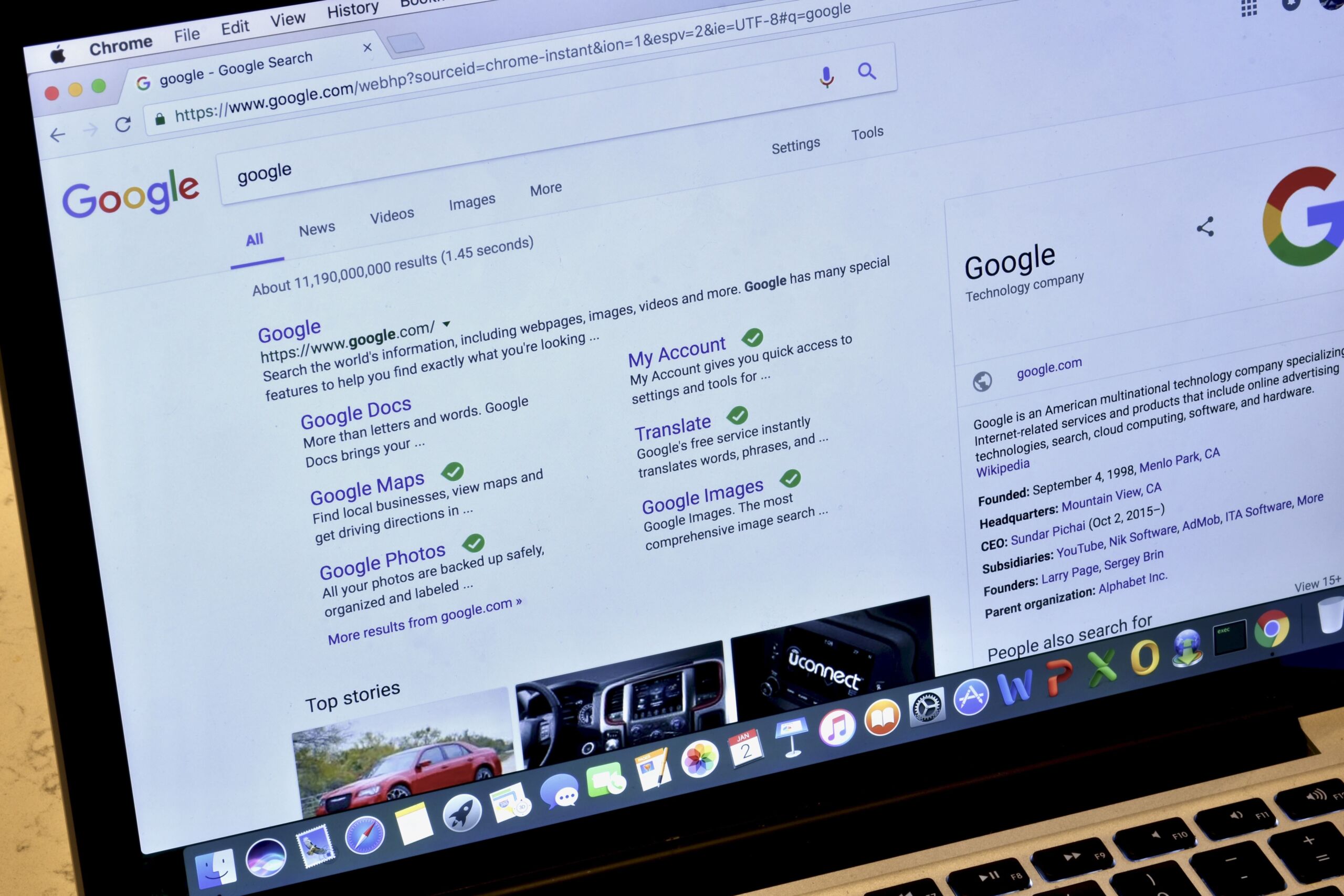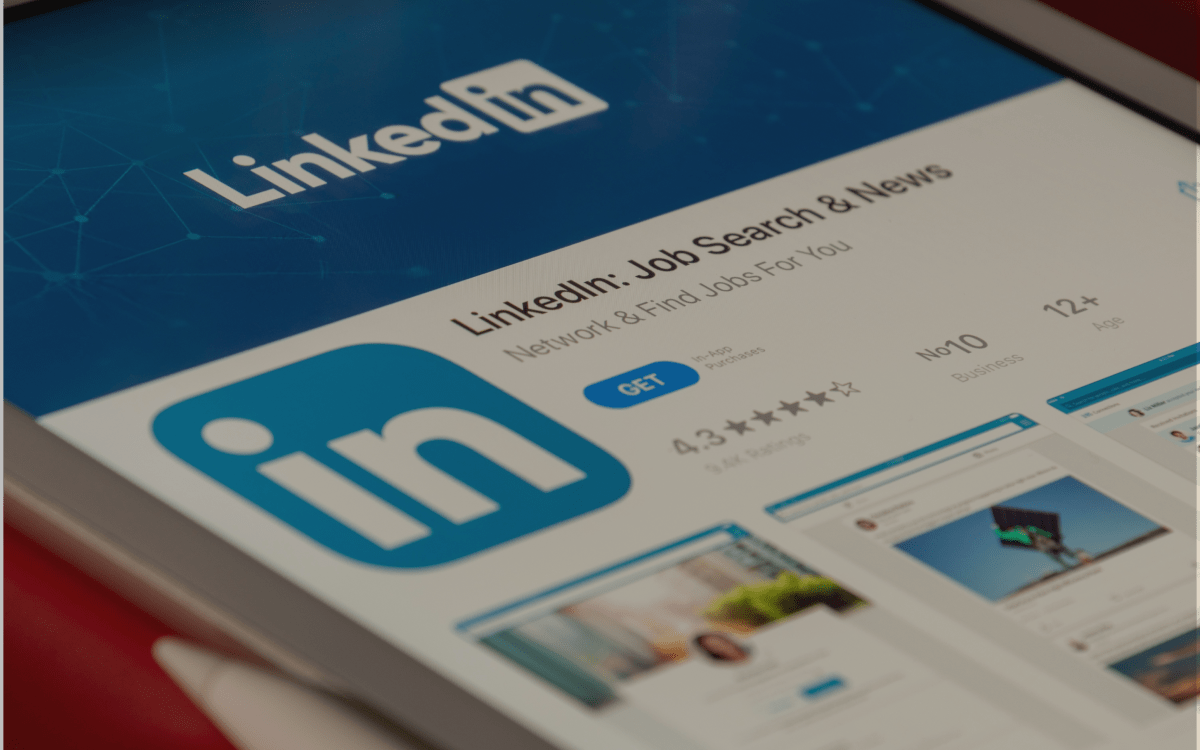Uncover effective strategies and innovative tactics to drive your business forward. From market research to campaign planning, find insights and advice to build a robust marketing plan that delivers results.
Research and case studies on AI and branding that show how to make brand decisions and build trust while incorporating AI.
Search is changing, and clicks aren’t guaranteed. Learn how to adapt your content and strategy for the zero-click era.
Navigate marketing during a recession with these tips to adapt your messaging, channels, & strategies for resilience and relevance.
As AI reshapes marketing and search evolves beyond Google, staying competitive in 2025 requires agility and innovation. Businesses with advanced AI models gain an edge, while others face challenges in maintaining reach. Fragmented audiences and privacy-centric shifts further complicate strategies, making it essential to explore niche platforms, prioritize first-party data, and embrace emerging technologies.
Discover the essential roles of a marketing consultant—from strategy development to campaign execution—in optimizing business growth and customer engagement.
Content is king, but quality matters more than quantity. Learn how a strategic content audit can boost SEO, improve UX, and drive real engagement.
In 2024, digital marketing thrives on AI-driven personalization, short-form video's influence, micro-influencers, and social commerce. Adapting is key to staying ahead.
Embrace eco-friendly practices and resonate with consumers. Learn six impactful green marketing strategies to thrive sustainably.
Unlock the secrets to marketing sustainable brands. Discover three essential keys to effectively promote eco-conscious products and resonate with consumers.
Learn to incorporate growth models like the Ansoff Matrix into your marketing strategy for identifying and evaluating growth opportunities.
2021's digital marketing: navigating tech disputes, privacy issues, and walled gardens poses challenges and opportunities for advertisers.
Discover the pivotal role of associations in driving industry sustainability forward. Learn how collective efforts shape a greener future.
Master your sales funnel in 2021 with actionable strategies and insights. Optimize every stage for maximum conversions and business growth.
Elevate your inbound lead generation game in 2021 with these 5 essential dos and don'ts. Drive quality leads and nurture customer relationships effectively.
Unlock success for your non-profit with these 5 crucial strategies. From storytelling to donor engagement, master essential tactics for impact.
Maximize email marketing impact by analyzing metrics like open rates and engagement, then refine content and strategy for better results.
Maximize ROI online & offline with 4 key practices. Leverage analytics for data-driven decisions & impactful strategies.
Discover key LinkedIn marketing strategies for 2020 to enhance your professional presence and engagement. Leverage these best practices to stand out effectively
Explore effective strategies to market good causes amidst negativity, fostering engagement and positive impact in challenging environments.
Learn strategies to navigate the changing digital marketing landscape and thrive amidst industry shifts, ensuring sustained relevance and growth.
Explore the rich marketing history of Valentine's Day, tracing its evolution from ancient rituals to a modern celebration of love and consumerism.
Ensure a successful year-end with a comprehensive marketing checklist covering six essential steps to review, optimize, and strategize for future growth.
Discover the essential principles for effective marketing copy in 2019, ensuring messages resonate and engage with target audiences authentically.
Explore key benchmarks and insights for B2B marketing strategies, guiding effective decision-making and performance evaluation in competitive markets.
Discover how strategic marketing efforts can effectively qualify sales leads, enhancing efficiency and conversion rates through targeted messaging and nurturing tactics.
Explore four practical marketing strategy resolutions for 2017 to enhance business growth and engagement.
Learn the basics of email marketing with our 5-step beginner's guide. Start building effective campaigns to connect with your audience today.
Discover the optimal times for social media posting to maximize engagement. Learn how timing can boost your reach and interaction on different platforms.
Master Twitter marketing without spending a dime. Learn effective strategies to promote your business for free in Part 2 of our Social Media Marketing series.
Discover effective ways to advertise on Facebook without spending money. Learn practical strategies to maximize reach and engagement for your business
Explore marketing insights from Rio 2016 Olympics: strategic partnerships, storytelling through diversity, and leveraging social media for global reach.
Discover key distinctions in B2B vs. B2C social media marketing: audience targeting, content strategies, and engagement tactics tailored for business success
Master social media analytics monitoring: track KPIs, interpret insights, and optimize strategies for enhanced engagement and ROI.
Craft a content marketing strategy that resonates: define goals, target audience, and distribution channels for impactful, sustainable engagement.
Optimize your email marketing: prioritize personalization, segment your audience, craft compelling content, and measure results for effective campaigns.
Explore key benchmarks for email marketing success in 2016: open rates, click-through rates, engagement strategies, and optimizing campaign performance.
Embrace the future of video marketing with these 6 tips: prioritize mobile-friendly content, leverage storytelling, and optimize for engagement and conversion
Learn how to maximize the time you spend on marketing. Focus on consistent, value-driven approaches to build lasting connections and drive growth.
Pressed for time? Discover actionable tips to efficiently market your business without sacrificing quality. Prioritize strategies that deliver maximum impact with minimal effort.
Struggling with marketing budgets? Learn how one simple formula can help you balance time and resources effectively, ensuring impactful and cost-efficient marketing efforts.
Boost your LinkedIn presence with these 3 key strategies for content marketing. Enhance engagement, build your brand, and drive professional growth effectively.
Unlock the secrets to a successful competitive analysis for small businesses. Learn how to evaluate rivals and leverage insights to gain a strategic edge.











































